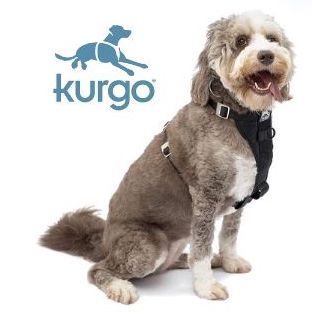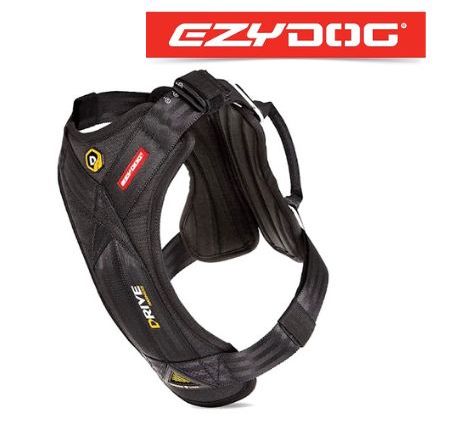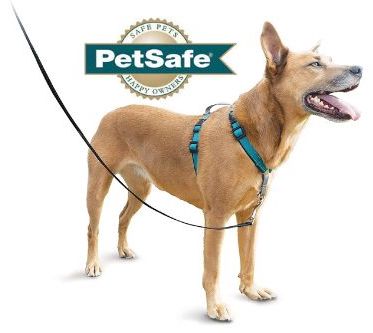Sleepypod ClickIt Sport Crash-Tested Dog Harness
- Only harness to have safety certification and a 5-star rating from CPS
- Crash-tested with the same tests used for child safety restraints
- Uses car seat belt to loop through the harness
- Can also be used as a walking harness










